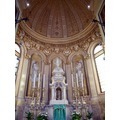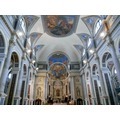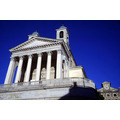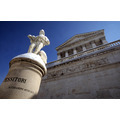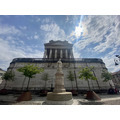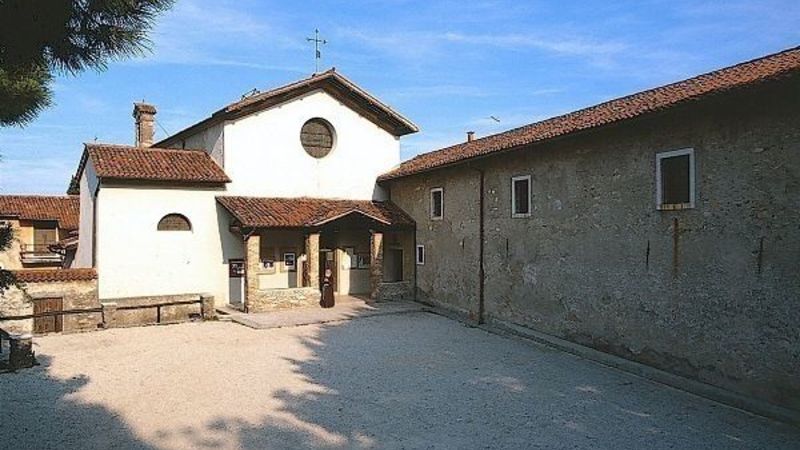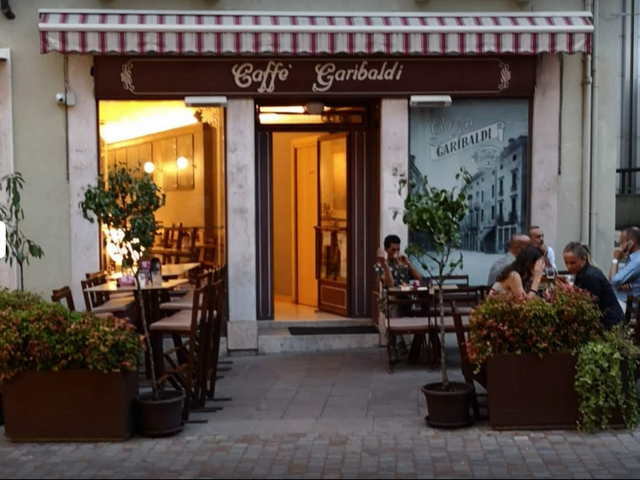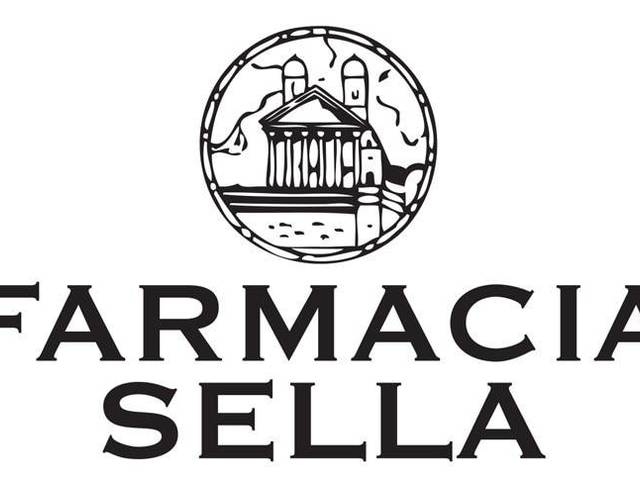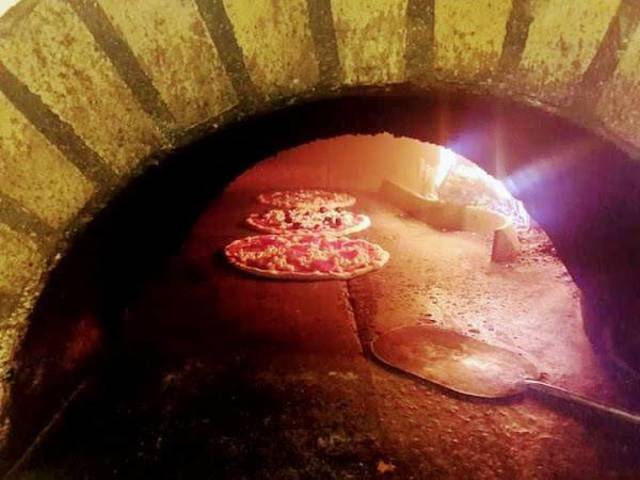Churches and worship places
Duomo of St. Peter
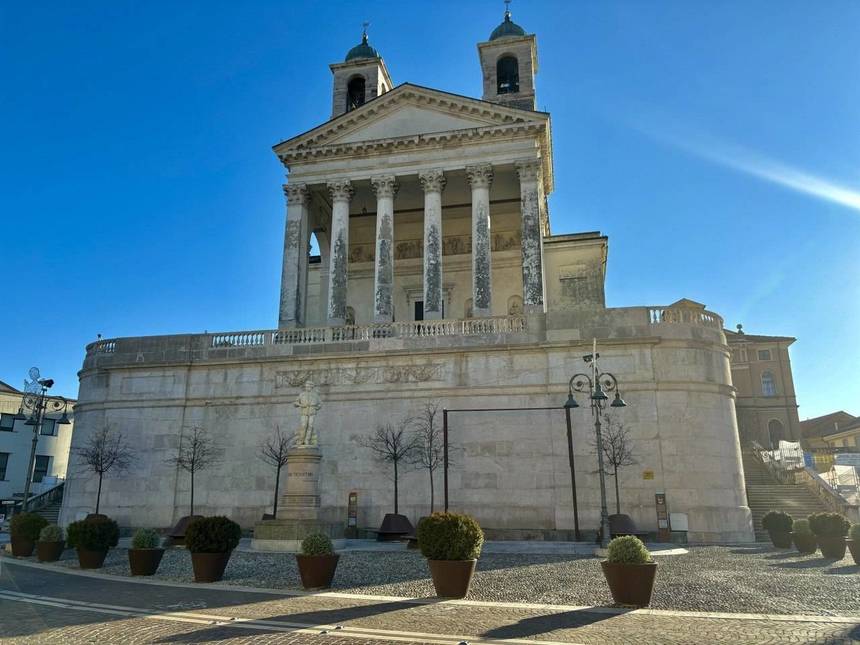

Musica
Gli amici del cuore di Lucia
Concerto
Start: 13 Dec 16:15
End at: 13 Dec 18:15
Description
The Duomo of St. Peter, as it appears today, is the last of various reconstructions of an existing medieval chapel dedicated to Saint Peter, perched on the Gorzone hills. Originally depending on the ancient Pieve di Pievebelvicino, the mother of all churches in Val Leogra, in the 12th century, the archpriest established his residence here and it has since been the principal church in the valley. The current edifice is reached through an impressive flight of steps designed by Tommaso Meduna in 1837, and preceded by the classic pronaos, with the two small tower bells built between 1805 and 1820 by Carlo Barrera on a design by Antonio Diedo, who drew his inspiration from Palladio’s Maser temple. The central nave, erected between 1740 and 1754 by Giovanni Battista Miazzi, was extended in 1780 with the addition of the choir designed by Domenico Cerato from Padua. In the 19th century, industrial development and demographic growth consequent to the industrialization process, also with the support of Alessandro Rossi, led to the construction of the presbytery and the extension of the church with two new naves, built between 1877 and 1879.
While the altars are of the 18th century, the internal decorations are the work of various artists of the 19th and 20th centuries, such as the Slovenian Valentino Zajec (bas-relief on the nave’s attic and the statues of the apostles), Giovanni Busato (stereochromies in the presbytery and the altarpiece of Saints Charles and Louis), Valentino Pupin (the vault and the altarpiece of Saint Joseph), Romano and Guido Cremasco (images on the altars) Tito Chini (apse and window arches) and Alfredo Ortelli (Gesù Maestro). Inside the church and in the sacristy there are a number of precious paintings of various periods by different artists: from Alessandro Maganza to Tomaso Pasquotti. The church has two organs: a Mascioni of 1942 and one made by artisans of the Puglia school in 18th century. To the right of the church, preceded by a beautiful terraced garden, is the presbytery, characterized by the
large clock on its façade. Here too we find paintings by various artists of different periods. The top floor of the building instead hosts the Duomo’s Archive and Library.
